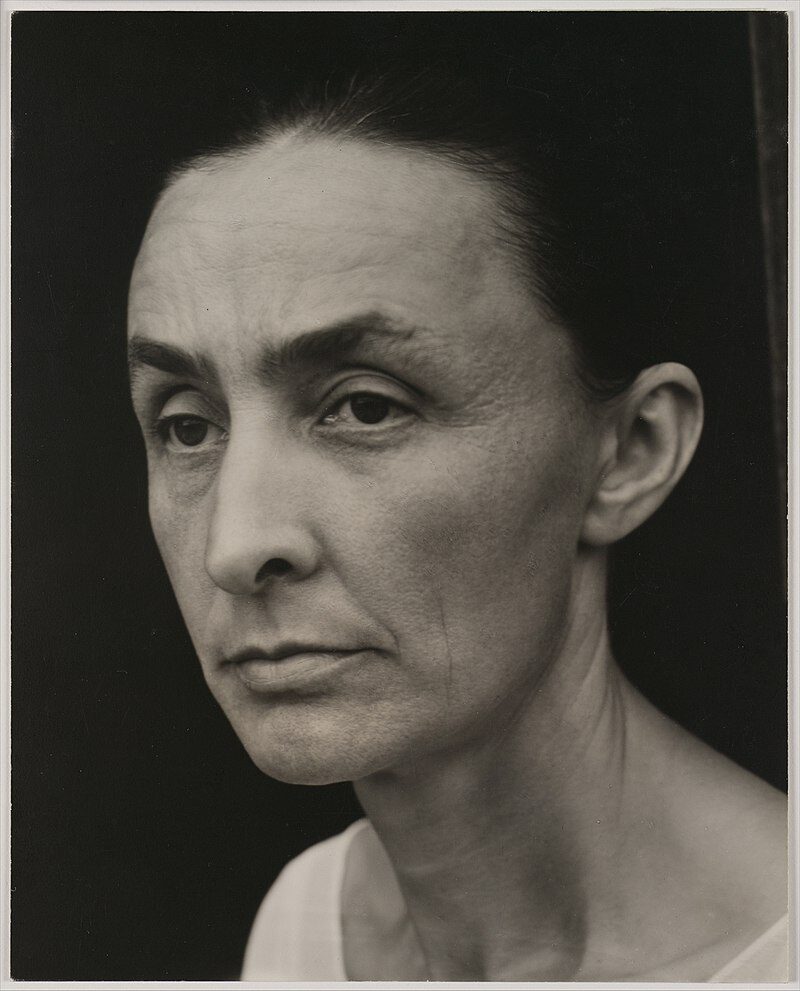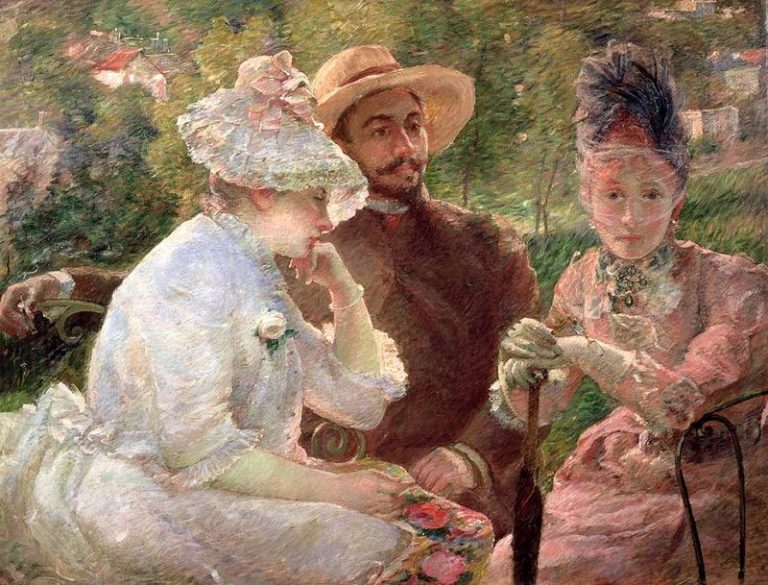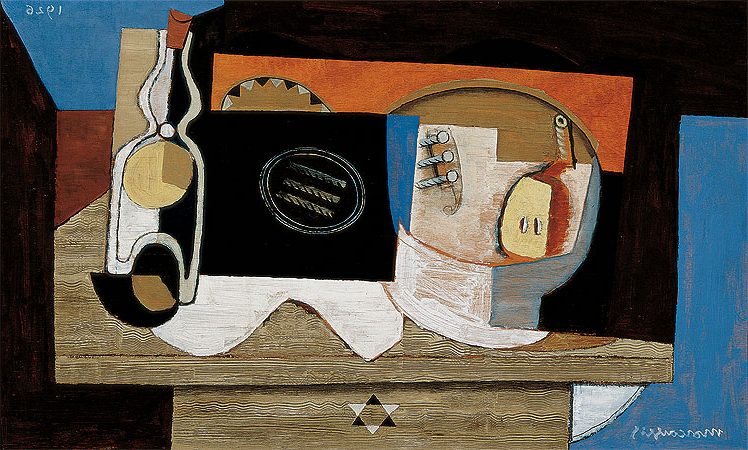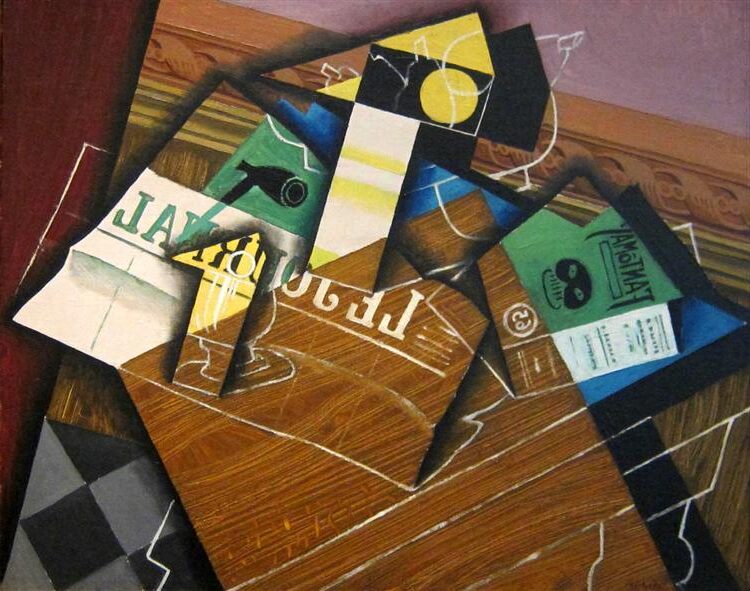Georgia O’Keeffe Painter: The Iconic American Artist and Her Modernist Legacy
Born: November 15, 1887, Wisconsin, U.S.
Death: March 6, 1986, New Mexico, U.S.
Art Movement: American Modernism, Precisionism
Nationality: American
Influenced By: Arthur Wesley Dow
Institution: School of the Art Institute of Chicago and Art Students League, New York City
Georgia O’Keeffe Painter: The Iconic American Artist and Her Modernist Legacy
Life and Education
Georgia O’Keeffe’s journey from a small-town girl to one of America’s most celebrated artists spanned nearly a century. Her formal trainingi, combined with her personal experiences and relationships, shaped her distinctive artistic vision and technique.
Early Life
Georgia O’Keeffe was born on November 15, 1887, in Sun Prairie, Wisconsin, to dairy farmers Francis and Ida O’Keeffe. She was the second of seven children in the family.

Skull and Flowers by Georgia O’Keeffe
As a child, O’Keeffe received early artistic encouragement from her mother and took watercolor lessons from a local artist. The family moved to Virginia in 1903, where O’Keeffe attended Chatham Episcopal Institute.
Her early surroundings of Wisconsin farmland and later the Virginia countryside influenced her perception of nature and space, elements that would become central to her artistic work.
Artistic Education
O’Keeffe’s formal artistic training began at the School of the Art Institute of Chicago in 1905. She later studied at the Art Students League in New York under William Merritt Chase.
In 1912, she attended a summer course at the University of Virginia, where she discovered the innovative teaching methods of Arthur Wesley Dow. Dow’s approach emphasized the importance of personal expression and design over imitation.
Between 1912 and 1914, O’Keeffe taught art in Texas public schools while developing her unique style. Her time teaching at West Texas State Normal College (1916-1918) proved particularly influential as the stark Texan landscape inspired her early abstract charcoal drawings.
Influence of Photography on Her Work
O’Keeffe’s artistic vision was significantly shaped by photography, particularly through her relationship with photographer Alfred Stieglitz, whom she married in 1924.
Major Works and Artistic Style
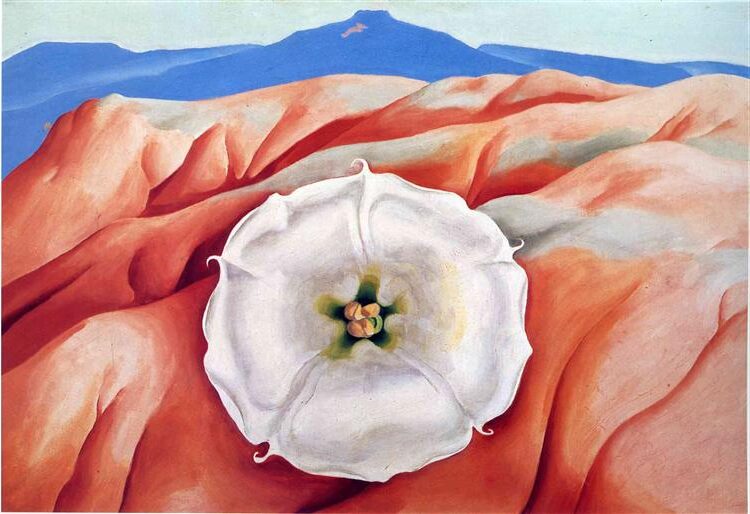
Red Hills and White Flower II by Georgia O’Keeffe
Georgia O’Keeffe developed a distinctive artistic voice through her bold use of color, precise lines, and abstraction of natural forms. Her work evolved from early charcoal drawings to her iconic large-scale flower paintings and later southwestern landscapes.
Development of Personal Style
O’Keeffe’s artistic journey began with traditional training but quickly evolved into something uniquely her own. In the 1910s, she created a series of charcoal drawings that caught the attention of photographer Alfred Stieglitz, who would later become her husband.
Her early work showed influences of symbolism and abstraction. During her time in New York, O’Keeffe developed her technique of presenting objects in close-up views, creating abstract compositions from natural forms.
The artist’s move to New Mexico in 1929 marked a significant shift in her palette and subject matter. The desert landscape, with its stark beauty and unusual light, inspired O’Keeffe to create paintings featuring sun-bleached bones, distant mountains, and adobe architecture.
Notable Works
O’Keeffe’s flower paintings remain her most recognized works. “Jimson Weed/White Flower No. 1” (1932) sold for $44.4 million in 2014, setting a record for artwork by a female artist at that time.
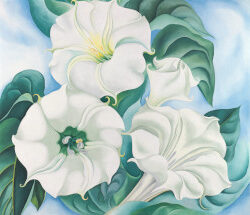

Her “Black Mesa Landscape, New Mexico” series captured the distinctive formations and colors of the American Southwest. These landscapes featured simplified forms and bold color relationships that became hallmarks of her style.
Other significant works include her New York cityscapes from the 1920s, particularly her paintings of skyscrapers that conveyed both admiration and ambivalence toward urban life.
Her later paintings of skulls and bones against desert backgrounds, such as “Cow’s Skull: Red, White, and Blue” (1931), became powerful American modernist images.
Representation of Femininity
O’Keeffe’s work has often been interpreted through a feminist lens, though she personally rejected gendered readings of her art. Her flower paintings, with their intimate viewpoints and sensual forms, were frequently described in erotic terms.
She consistently pushed back against these interpretations, insisting that she painted flowers simply because they were beautiful forms. “When you take a flower in your hand and really look at it, it’s your world for the moment,” she once said.
O’Keeffe’s career itself represented a feminist achievement. She succeeded in the male-dominated art world through determination and talent, becoming one of the highest-paid American artists by the 1940s.
Her independent spirit and artistic integrity made her an icon for many women artists who followed. She created work on her own terms, developing a visual language that remains instantly recognizable.
Legacy and Exhibitions

East River from the Thirtieth Story of the Shelton Hotel, 1928
Georgia O’Keeffe’s impact on American art extends far beyond her lifetime through permanent collections and major retrospectives. Her bold vision continues to inspire new generations of artists and art lovers worldwide.
Museums and Collections
The Georgia O’Keeffe Museum in Santa Fe, New Mexico opened in 1997, eleven years after her death. It houses the largest collection of her work with over 3,000 pieces including paintings, drawings, and sculptures.
Major institutions like the Metropolitan Museum of Art, Museum of Modern Art, and Whitney Museum of American Art in New York City maintain significant collections of her work.
The Art Institute of Chicago holds several important O’Keeffe paintings, including some of her early abstract compositions from the 1910s and 1920s.
Her works regularly command millions at auction. In 2014, her painting “Jimson Weed/White Flower No. 1” sold for $44.4 million, setting a record for artwork by a female artist at that time.
Posthumous Recognition
O’Keeffe received the National Medal of Arts in 1985, one year before her death at age 98.
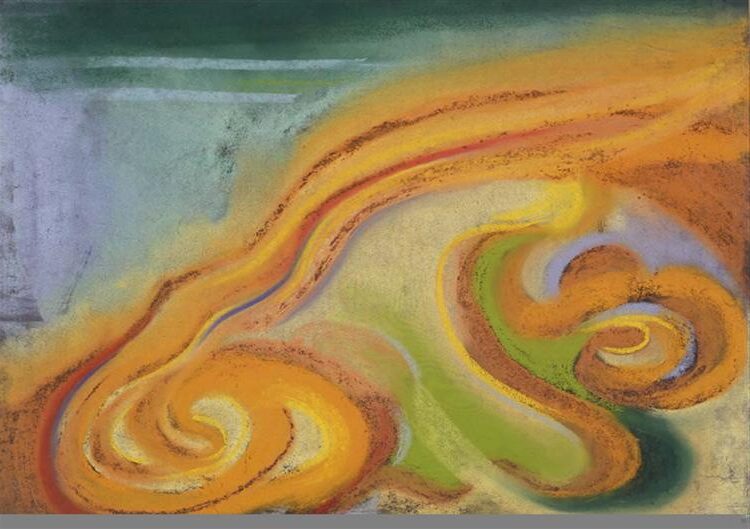
Special No. 32, 1915 by Georgia O’Keeffe
In 1993, she was inducted into the National Women’s Hall of Fame, recognizing her pioneering role as a female artist.
The U.S. Postal Service honored O’Keeffe with a commemorative stamp in 1996, featuring her painting “Red Poppy.”
Major retrospectives continued after her death, including landmark exhibitions at the Whitney Museum (2009), Tate Modern in London (2016), and the Brooklyn Museum (2017).
Her home and studio in Abiquiú, New Mexico became a National Historic Landmark in 1998 and is now open to visitors through guided tours.
Frequently Asked Questions
Georgia O’Keeffe’s artistic legacy prompts many questions about her techniques, inspirations, and evolution as an artist. Her unique vision transformed American art through distinctive interpretations of natural forms and landscapes.
What are the most prominent themes in Georgia O’Keeffe’s artwork?
Nature forms the core of O’Keeffe’s artistic expression. She explored natural elements through magnified flowers, animal bones, and expansive landscapes.
Her close-up flower paintings revealed abstract qualities in natural forms. These works challenged viewers to see familiar objects in new ways.
The southwestern landscape became a defining theme after her move to New Mexico. Desert scenes, mesas, and the unique light quality of the region appeared frequently in her later works.
How did Georgia O’Keeffe contribute to the American Modernism movement?
O’Keeffe pioneered abstract representations of natural subjects when American art still largely focused on realistic depictions. Her bold approach helped establish American Modernism as distinct from European traditions.
She developed a personal visual language through simplified forms and vibrant colors. This distinctive style made her work immediately recognizable.
O’Keeffe’s success as a female artist in a male-dominated field broke barriers. Her prominence helped pave the way for other women in American modern art.
What is the significance of flowers in O’Keeffe’s paintings?
Flowers allowed O’Keeffe to explore the boundary between representation and abstraction. By magnifying blooms to fill entire canvases, she transformed intimate natural details into monumental statements.
Her flower paintings challenged conventional artistic approaches to still life. Instead of traditional arrangements, she focused on single blooms with dramatic scale and perspective.
The sensual qualities in these works connected viewers to nature in an immediate, visceral way. O’Keeffe used organic forms to evoke emotional responses through color and form rather than literal representation.
Can you describe the evolution of O’Keeffe’s style throughout her career?
O’Keeffe began with charcoal drawings that explored abstract forms and emotional expression. These early works established her interest in distilling subjects to their essential elements.
In the 1920s, she developed her signature approach to large-scale flower paintings and New York cityscapes. This period marked her emergence as a major artistic voice.
After 1929, her move to New Mexico transformed her palette and subject matter. Desert landscapes, animal skulls, and the stark beauty of the Southwest dominated her later work.
Vision problems in the 1970s limited her painting abilities, as noted in the search results. She adapted by working with assistants and exploring new media like watercolor.
How did living in New Mexico influence Georgia O’Keeffe’s work?
The stark desert landscape provided O’Keeffe with new forms and colors absent from her earlier works. The region’s mesas, cliffs, and expansive skies became central subjects.
She incorporated local elements like animal bones and skulls, finding beauty in these remnants of desert life. As mentioned in the search results, she enhanced the colors of these bones in her paintings.
The quality of light in New Mexico gave her work a distinctive clarity and vibrancy. This natural illumination influenced her perception of color relationships and spatial depth.
What were Georgia O’Keeffe’s most notable exhibitions during her lifetime?
O’Keeffe’s first major exhibition was at Alfred Stieglitz’s gallery 291 in 1916. This show launched her career. It also began her professional and personal relationship with Stieglitz.
The Museum of Modern Art held a retrospective of her work in 1946. This exhibition made her the first female artist to receive this honor. The exhibition solidified her position in American art history.
The Whitney Museum hosted a comprehensive exhibition of her work in 1970. This exhibition celebrated her lasting impact on American modernism. By this time, she had become an iconic figure in the art world.


